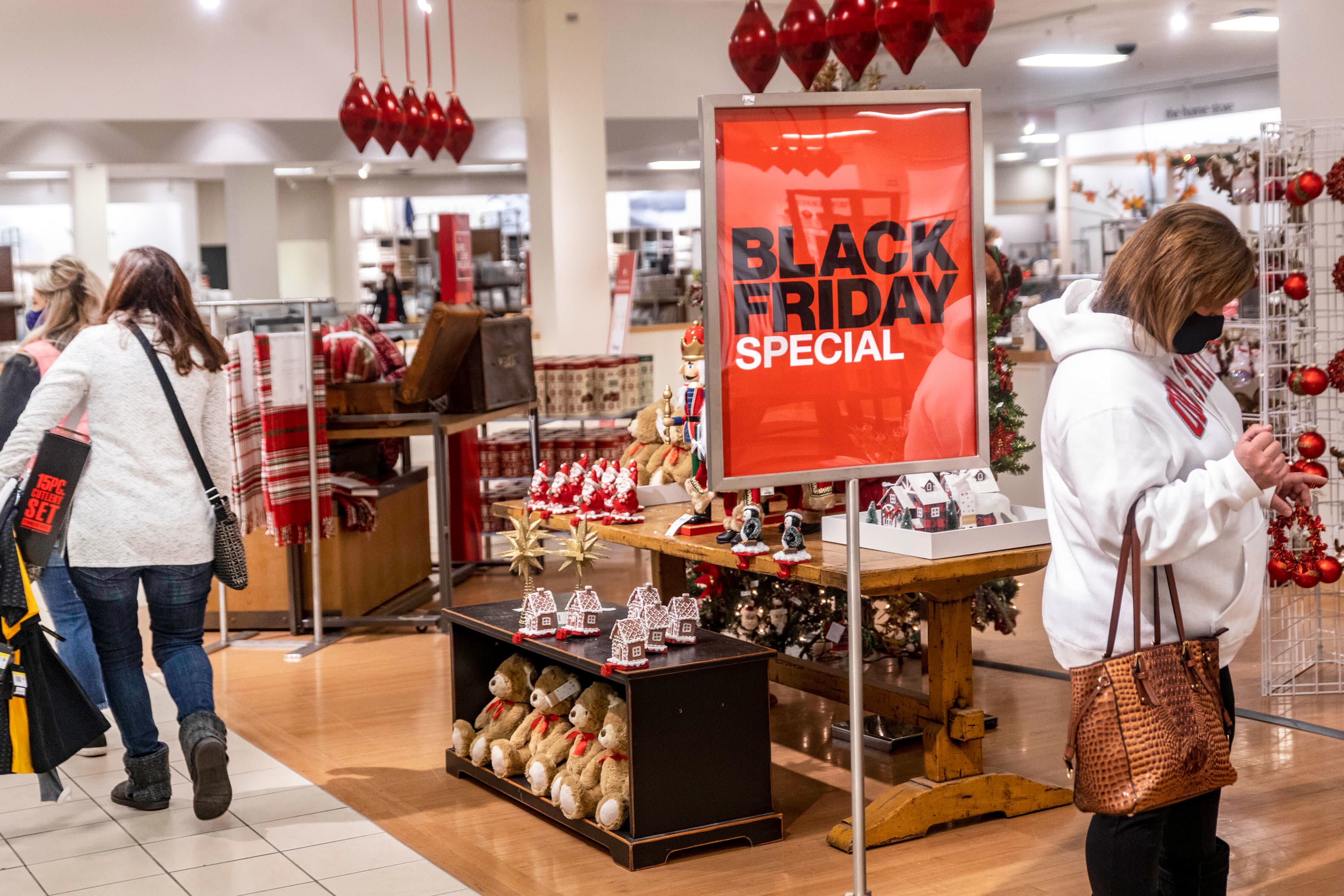Retail in the marketing system
Retail trade in terms of marketing is seen as a business activity related to the sale of goods and services to end consumers Smart Glass technology, with a focus on customer demand and preference.
The purpose of retail is to ensure the sale of goods and services by meeting the needs of customers and making a profit on this basis.
The role of retail in the marketing system is manifested in it

Functions:
- Ensures the implementation of marketing strategy;
- Participates in the sorting process, accumulates a range of goods from a significant number of manufacturers and offers them for sale with a focus on consumer demand;
- Provides information to consumers through advertising https://chiefway.com.my/th/smart-glass/, other means of communication, as well as through staff;
- Assists in marketing research of other participants of sales channels;
- Stores goods, sets the price for them, places them in trade premises and carries out other operations with goods;
- Signs agreements;
- Implements credit policy;
- Provides a variety of services.
The concept of the retail cycle is that new types of retailers start with low-level, low-priced trading operations and then trade with higher prices and a wide range of services, becoming in fact traditional retailers.
Thus, to maintain a successful business, retailers must adapt and change their business in accordance with changes in the external environment.
The retail cycle explains the evolution and development of new types of retail stores. As a rule, retailers start with a wide range of goods. They are followed by retailers offering a narrower or specialized product range, they, in turn, are replaced by retailers with a wide range of products operating in large batches. Thus, the cycle is carried out: “general – specific – general”. This phenomenon is called the “wheel of retail”, ie the emergence of new enterprises as a result of cyclical changes.

In recent years, there have been some trends in modern retail:
- The growing importance of specialized trade;
- Development of discount trade;
- Development of non-store trade;
- The transition from expansion to consolidation of retail trade (retail enterprises began to pay more attention to improving the performance of existing trade enterprises, rather than their expansion by opening new ones).
There are three groups of retail trade enterprises:
Traditional – divided into:
Non-Food stores: specialty stores (small stores that sell a limited range of goods), department stores (with a wider range and full range of services), discount stores and mass goods stores (with a limited range of services and a wide range of products at low prices);
Grocery stores: convenience stores (adjacent stores with a longer working day), supermarkets (with low costs and significant turnover of goods in a wide range), superstores (large stores, which have twice the names of goods than in supermarkets), warehouses (trade with significant discounts in the simplest warehouses (hypermarkets) (giant stores that have both food and a variety of non-food items at low prices);
In addition, it is necessary to assess and control all trade activities. Efficiency at the enterprise level is assessed by comparing the results with forecast sales and profitability. At the store level, actual and forecast sales figures for each of the departments and product range are compared.
